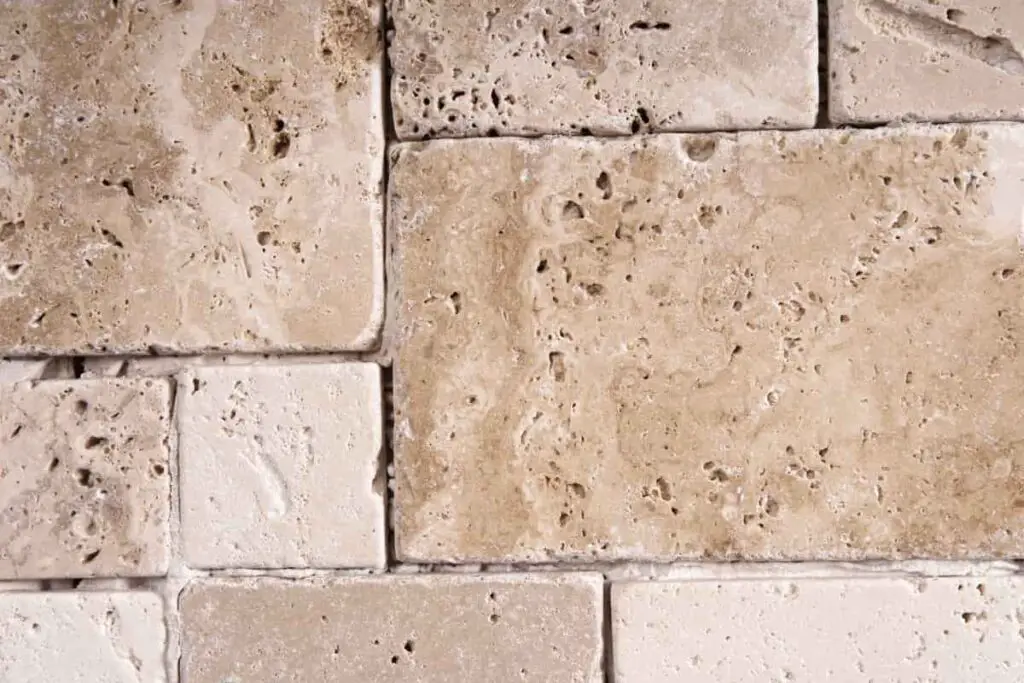You may be contemplating the suitability of using travertine in your pool area for its unique characteristics and benefits.
While travertine offers an elegant and functional choice, there are essential factors to ponder before making a final decision.
From its aesthetic appeal to practical maintenance requirements, the discussion around using travertine in pools explores a range of considerations that are crucial for ensuring a successful pool design.
Key Takeaways
- Travertine is a suitable choice for pool decks due to its beauty, durability, and heat reflectivity.
- Proper maintenance, sealing, and safety measures are essential for long-lasting travertine pool decks.
- Slip resistance can be enhanced through sealants, coatings, and acid etching for a safer pool environment.
- Consultation with experts is recommended for selecting the right travertine type, design, and maintenance practices for pool installations.
Benefits of Using Travertine in Pools
Travertine proves to be a popular choice for pool decks due to its natural beauty and array of color options. Its heat reflectivity keeps the surface cool, making it ideal for barefoot use on hot days.
The natural porosity of travertine also helps prevent water pooling, reducing the risk of slipping around the pool area. Additionally, its durability and resistance to cracking and fading guarantee that your pool deck will maintain its aesthetics for years to come.
With proper maintenance and sealing, travertine pool decks can withstand the test of time while still looking beautiful. When considering materials for your pool deck, travertine offers both practicality and style.
Considerations for Pool Installation
When planning a pool installation, it’s important to assess the site’s conditions and requirements thoroughly. Consider the climate of the pool site and the maintenance commitment needed for Travertine Pool Decking.
Travertine pavers are a popular choice due to their slip-resistant surface and heat reflectivity, but consulting with experts on installation and safety considerations is advisable. Guarantee proper drainage to prevent water accumulation around the pool area, which can impact the longevity of the Travertine.
Take into account the potential wear and tear from pool chemicals and heavy foot traffic. By addressing these factors early on, you can make informed decisions to guarantee the successful installation of Travertine around your pool.
Maintenance Tips for Travertine Pool Decks
To maintain your travertine pool deck in peak condition, regularly clean it with a gentle cleaner and soft brush to guarantee dirt and debris buildup.
Apply a high-quality sealer every 3-5 years to safeguard the travertine from staining and preserve its appearance.
Avoid harsh chemicals or acidic cleaners that could harm the stone.
Promptly address spills or stains to prevent them from becoming difficult to remove.
Inspect the travertine pool deck regularly for any signs of damage or deterioration, addressing issues promptly to prevent further damage.
Potential Challenges With Travertine in Pools
Facing potential challenges with travertine in pools requires proactive measures to guarantee safety and longevity.
One significant issue is that travertine can become slippery when wet, increasing the risk of accidents. To address this, utilizing sealants, anti-slip coatings, and regular maintenance is essential. Acid etching can also enhance the slip resistance of travertine surfaces. Proper sealing not only helps prevent slipperiness but also guarantees the durability of the material over time.
Investing in high-quality sealants and maintenance products is vital to extend the lifespan of travertine pool decking. By taking these steps, you can mitigate the challenges associated with travertine in pools and create a safer, longer-lasting outdoor space.
Expert Advice on Pool Design With Travertine
For expert advice on designing pools with travertine, consider consulting professionals for valuable insights on material selection and maintenance practices.
When using travertine tile in pool designs, it’s important to choose the right type that can withstand pool environments. Sealing travertine is essential to enhance its durability and longevity, protecting it from potential staining and slipperiness.
Professionals can offer recommendations on slip-proofing techniques and maintenance practices to guarantee safety around the pool area.
Conclusion
Overall, using travertine in a pool can offer a beautiful, slip-resistant, and durable option for homeowners.
While there are considerations such as higher initial costs and maintenance requirements, the benefits of travertine, such as heat reflectivity and aesthetic appeal, make it a popular choice for pool areas.
By weighing the pros and cons and following proper maintenance tips, homeowners can enjoy the benefits of travertine in their pool for years to come.


